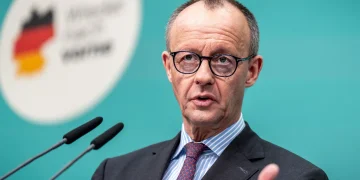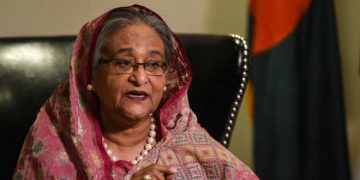By Dhurjati Mukherjee
India’s trade outlook is a subject of much discussion due to the changing and uncertain geopolitical conditions. The government is quite worried about the matter and has rightly decided to clear the Rs 25,000 crore Export Promotion Mission as well as the Rs 20,000 additional free collateral credit to support exporters grappling with global trade uncertainty. Priority support has been identified to sectors such as textiles, leather, gems and jewellery, engineering goods and marine products hit by the US tariffs.
Experts believe that the country should not depend on any single country but needs to cultivate diverse interests with various nations. Even in areas of energy, no single supplier, even Russia, should provide more than a quarter of crude imports. Also, no single foreign source, whether Moscow or Paris, should supply more than 25 30% of defence acquisitions. The same logic follows for electronics and related items with reference to China.
Similarly, neither the US nor the EU should account for over a quarter of goods exports. India is quite strong in the sphere of service exports that include information technology, digital solutions, consulting and fintech, and these now exceed $340 billion and offset much of the country’s oil bill. If dependence on any country is reduced, no threat could affect its trade. Future risks lie in clean energy, rare earths, critical minerals and semiconductors. China’s restrictions on rare earths are well-known, and it is understood that the country is exploring tie-ups with Russia for rare earth processing.
By expanding trade with Europe, Africa, Gulf, Asean and Latin America and strengthening value chains within South Asia not just expands influence but also develops the country’s image. The diversification of trade, both in matters of exports and imports, should be the target, and experts believe that it may not be difficult to achieve this within a year or so. It goes without saying that diversification is imperative as it fits India’s national interest. There are indications that India will reiterate the importance of progress on the India-Myanmar-Thailand trilateral highway and the Kaladan transport corridor – infrastructure programmes that have faced delays due to political instability. Digital connectivity and cross-border fintech have seen modest gains, and India is expected to benefit from a diplomacy of equilibrium in the region. While efforts must be made to gear up exports to nations that have henceforth not been the focus of attention in a big way, there are reports of Indian markets also consuming more than in previous years.
Mention may be made here of leather and leather goods exports, which are bracing for a 5-8% decline in exports in FY26, weighed down by the steep US tariff measures and weak global trade environment. However, it is understood that Indian products are still preferred over exports from Vietnam. While a buoyant domestic market is expected to soften the impact and keep overall turnover steady, according to members of the Indian Leather Products Association (ILPA), there should be sustained efforts to offset the decline by finding new markets as well as pushing products in traditional markets with new designs. Considering current trends, there is reason to have high hopes about the prospects of India’s trade. However, there is need to put a check on the country’s products and stress on quality upgradation to gain acceptability in overseas markets. But the going seems to be tough as US President Trump seems to favour China for rare earths and has reduced overall tariffs to 47%, which is below that of India’s rate. Exporters are aware of the changing situation and need to stress on quality and innovative product design and manufacturing, which will gain credence over time.






































